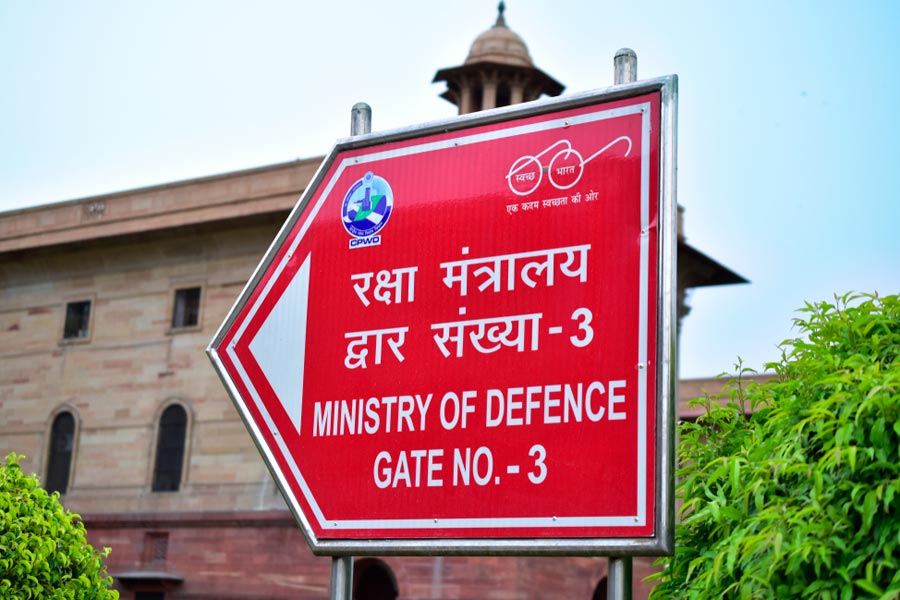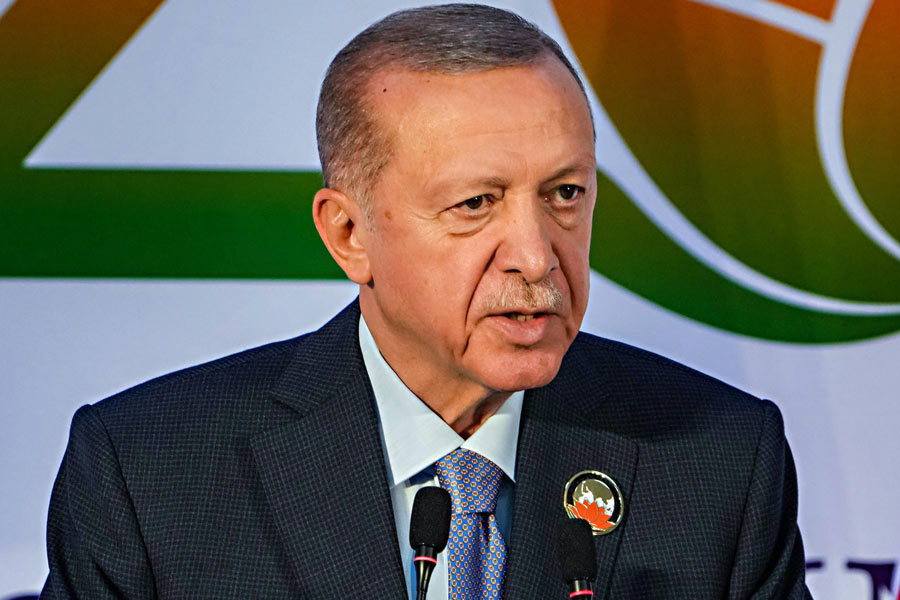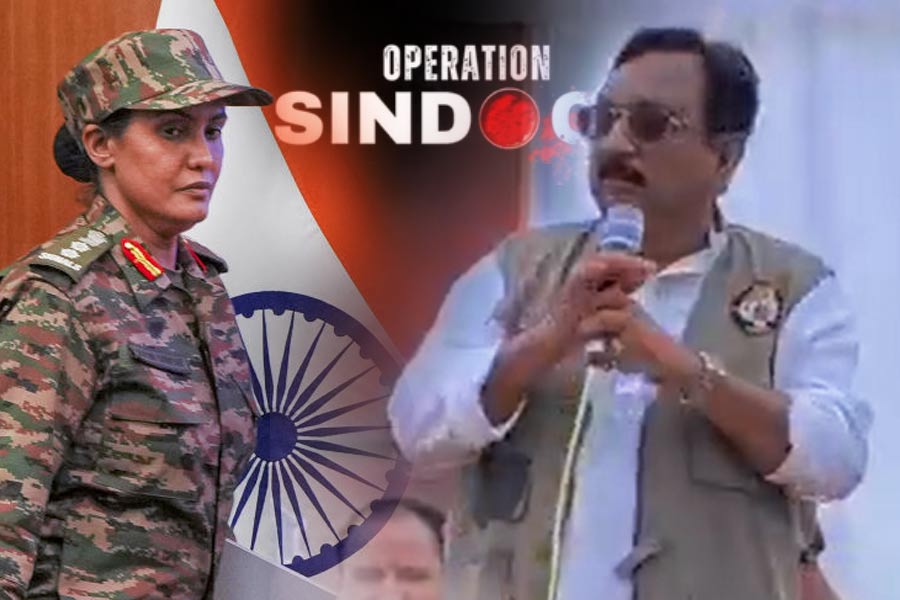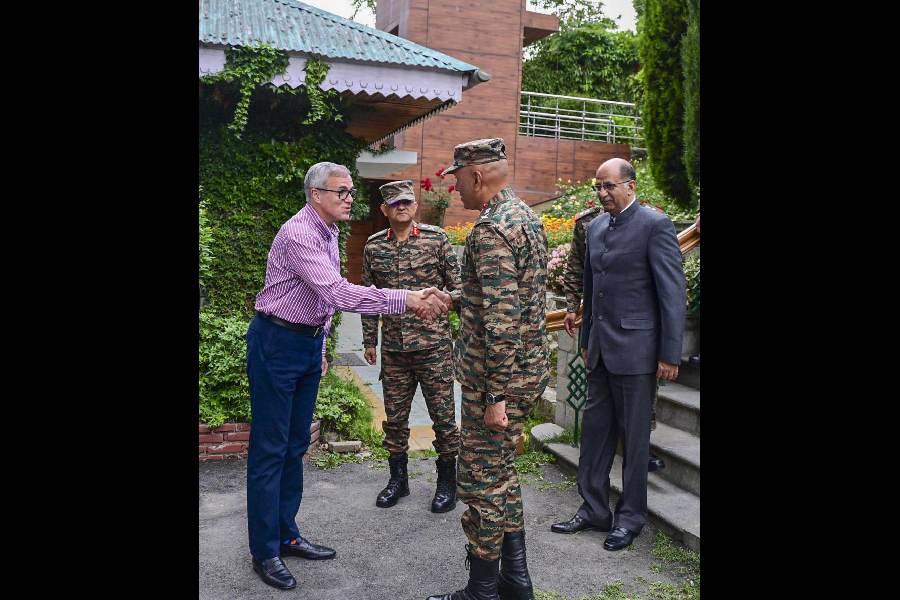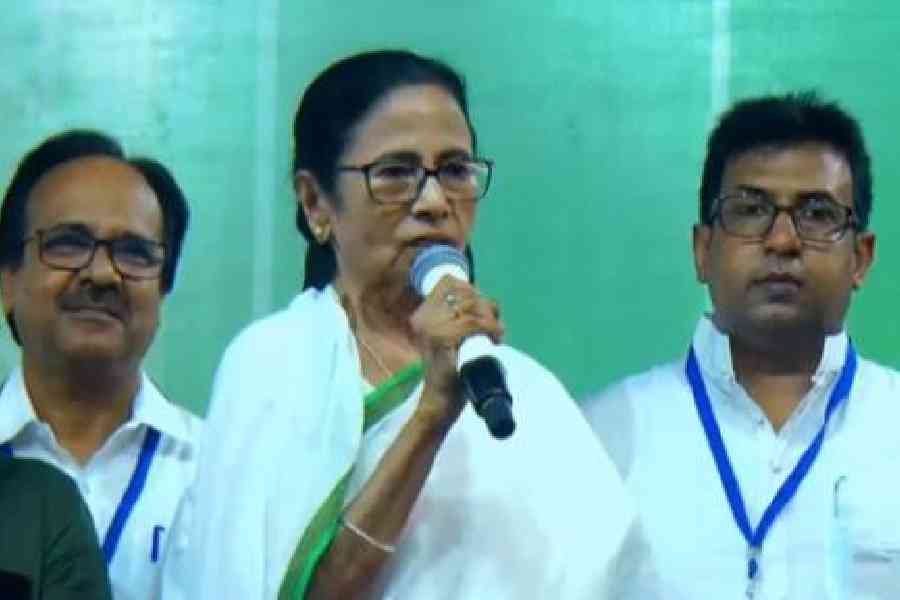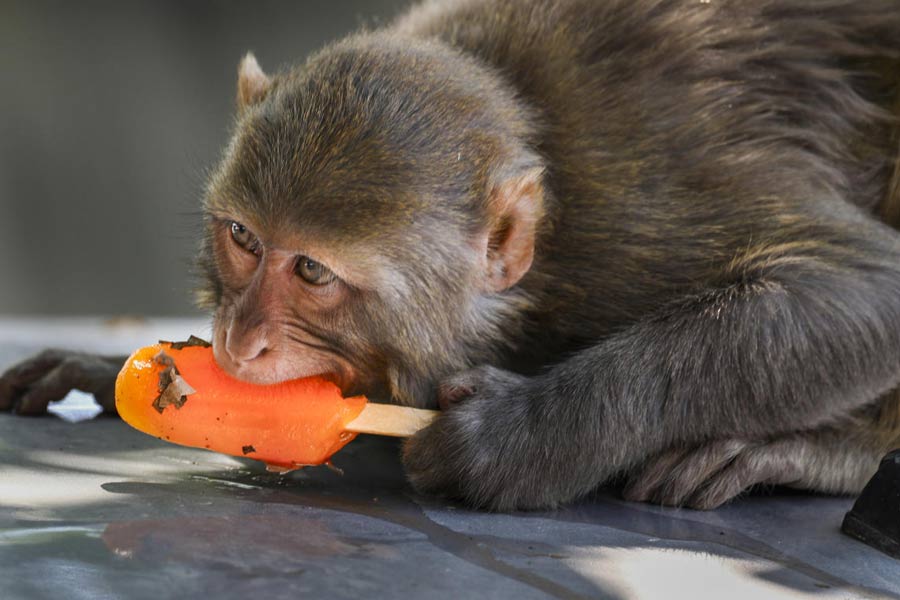 |
Finally, it’s all about overcoming fear,” says Sahir M. Latif when you ask him what the thrill quotient of caving ? or speleology, the science of cave exploration ? is all about. Latif should know. His tryst with caving began in a deep hollow in his school backyard at Koraput, Orissa. Today, Latif is the managing director of Silent Valley (Wilderness) Tours, an organisation that specialises in offbeat adventure and outdoor tourism.
Latif often goes on caving expeditions with tourists from around the globe, but it’s a thrill the Indian tourist is just waking up to. “At first sight, the interior seems very unfriendly. Light penetrates only up to a few metres inside. After that it’s just darkness,” he adds. But that’s exactly what makes caving such an exciting adventure sport for the big-hearted. Once you overcome the initial fear, the virgin beauty of the cave ? its vast caverns, boulders and maybe even stalactites and stalagmites ? opens up.
The fun of caving lies in the fact that it combines the thrills of several adventure sports ? such as rock climbing, rappelling and even diving ? but can get more exciting than each one of them. “Depending on the cave entrance, a cave can be called vertical or horizontal. If the entrance is one that is a sheer drop, it is a vertical cave; a level opening means it’s a horizontal one,” says Brian Kharpran Daly, general secretary of the Meghalaya Adventurer’s Association (MAA). The Krem Shrieh cave in the Jaintia Hills, for example, has a 98-metre drop from the entrance.
By far, the best place to go caving in India is still Meghalaya, though Arunachal Pradesh and Orissa have caves waiting to be explored. The MAA, which was established in 1990, has mapped over 280 km of virgin cave territory ? and over 1,000 new caves ? in the past 15 years. “Before 1990, we knew about a dozen caves. Now for every fresh cave we explore, two new ones are waiting to be found,” says Kharpran.
The best way to start caving would be to begin with a not-too-difficult cave, such as the Krem Mawmluh cave in the East Khasi Hills. It’s over seven km long, illuminated in many places and provides all the myriad thrills of caving. There are underwater pools to be waded through and big passages to be explored. A typical caving expedition usually lasts for three to four hours.
Once you’ve got a fair idea of basic caving techniques, you can try probing some of the deeper, darker and lesser-known ones. A number of risks come into play then. It’s important to have proper guidance and equipment ? even if the cave has been mapped before. It’s vital to go with someone with a thorough knowledge of the cave’s interior, since in the darkness it is easy to get lost. “Leading lines, which are often fluorescent, are necessary before venturing in, since they let the caver stay connected to the base at the mouth of the cave,” says Latif.
The equipment consists of caving suits, which are overalls made of PVC or other durable synthetic material, that stops you from getting stuck in some of the more difficult patches. “Parts of a cave can be so narrow that one has to belly crawl. Getting stuck there could cause a few problems,” says Kharpran. Equally important are boots with gripping soles ? Kharpran recommends Wellington boots as the safest option. The best time to go cave hunting is in February, since this is the driest time of the year. The monsoons are the worst, since most caves are flooded during this time.
Battery operated headlamps, too, are a necessity, as is battery backup. “Packed dry food such as industrial chocolate bars and protein biscuits have to be taken, since cooking can be hazardous inside a cave,” says Latif. Scuba diving equipment also has to be carried inside, since most caves originate from underwater river systems and have underwater pools. The sad part is that the best caving equipment is still not available in India, but most organisations conducting such expeditions provide these on hire.
Touch base
In Calcutta: Silent Valley (Wilderness) Tours, 14/1 Karaya Road, 1st floor, Calcutta: 700017. Phone: 22802893/7811
Rs 1300-1500 per night for a package tour for five to six people, including equipment, lodging and food, excluding transport.
In Meghalaya: Meghalaya Adventurer’s Association, Pansy Cottage, Mission Compound, Shillong 793002. Phone: 0364-2545621
A guide charges about Rs 800 for a cave trip. The charge for equipment etc is Rs 150 per person.


